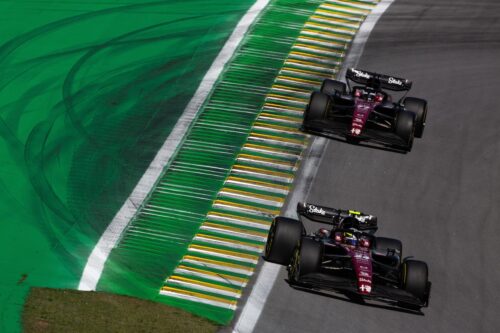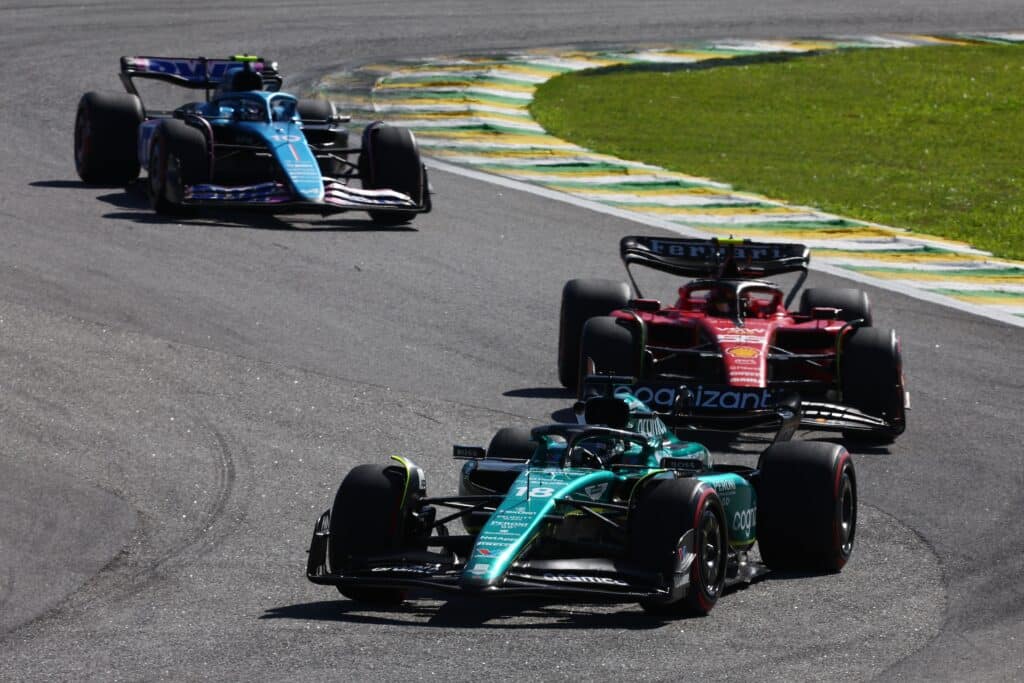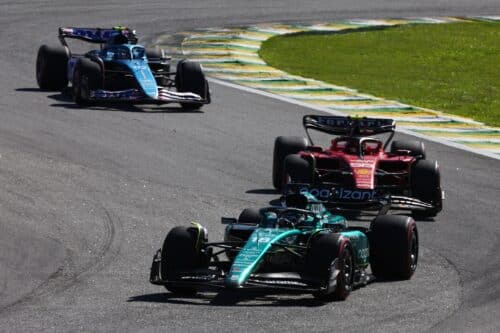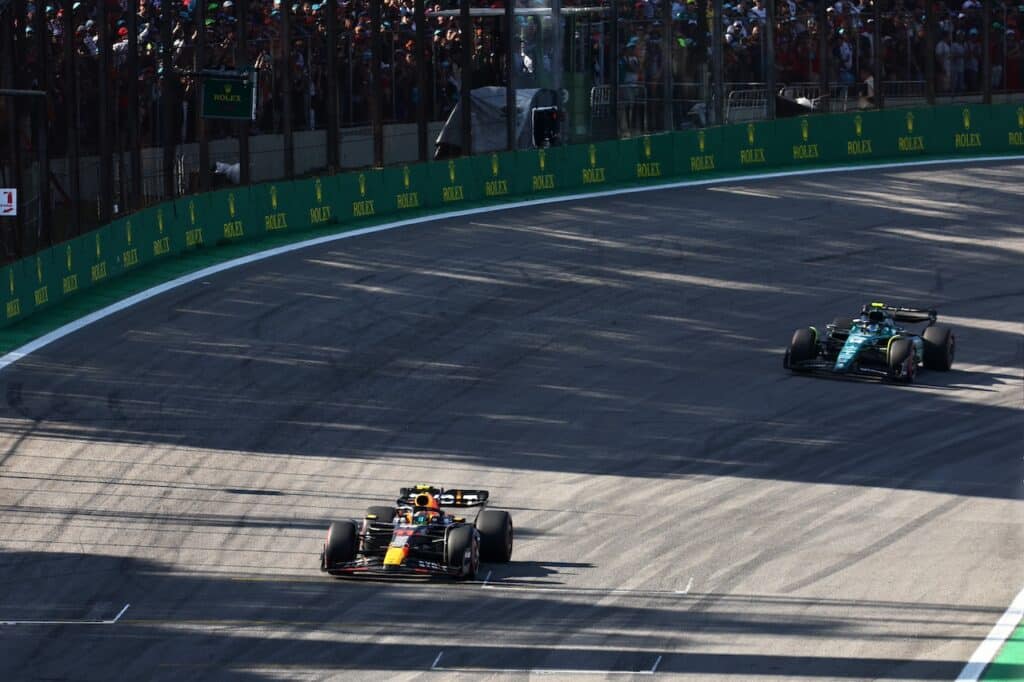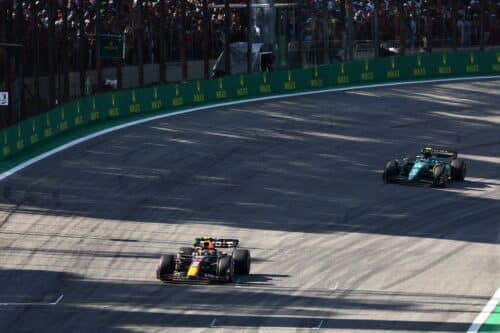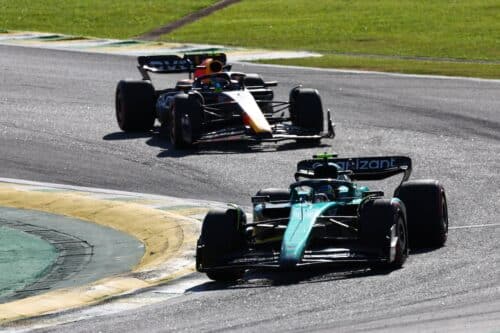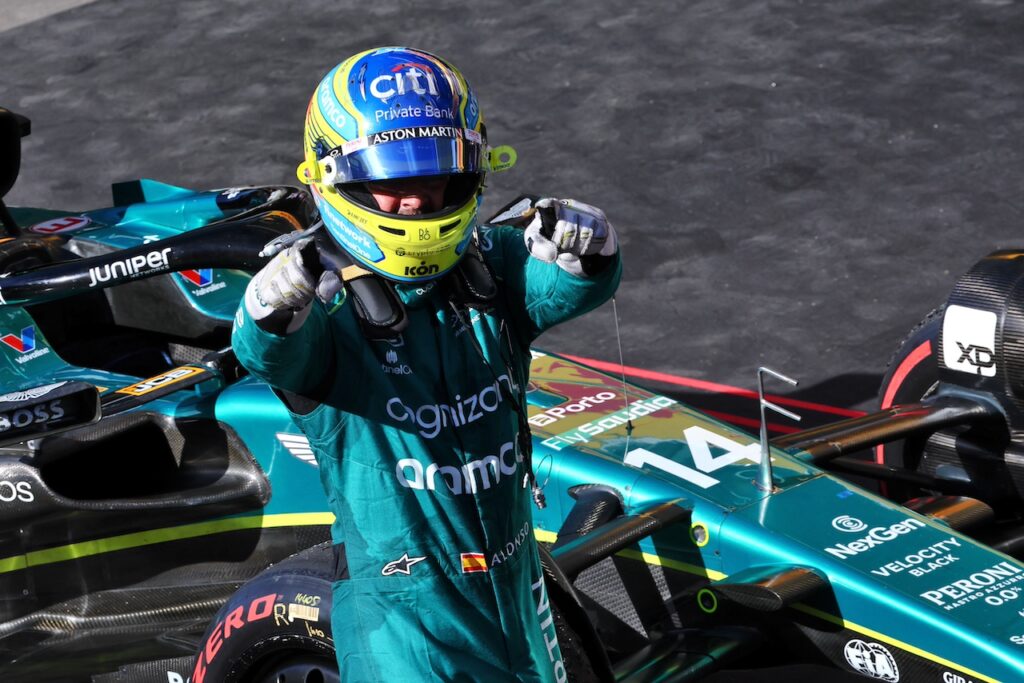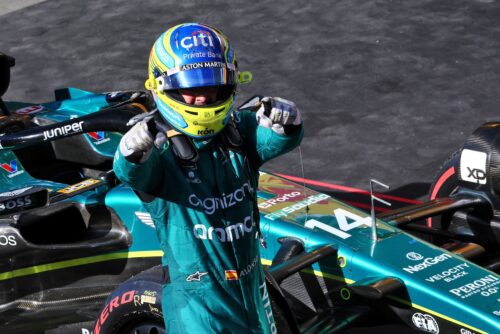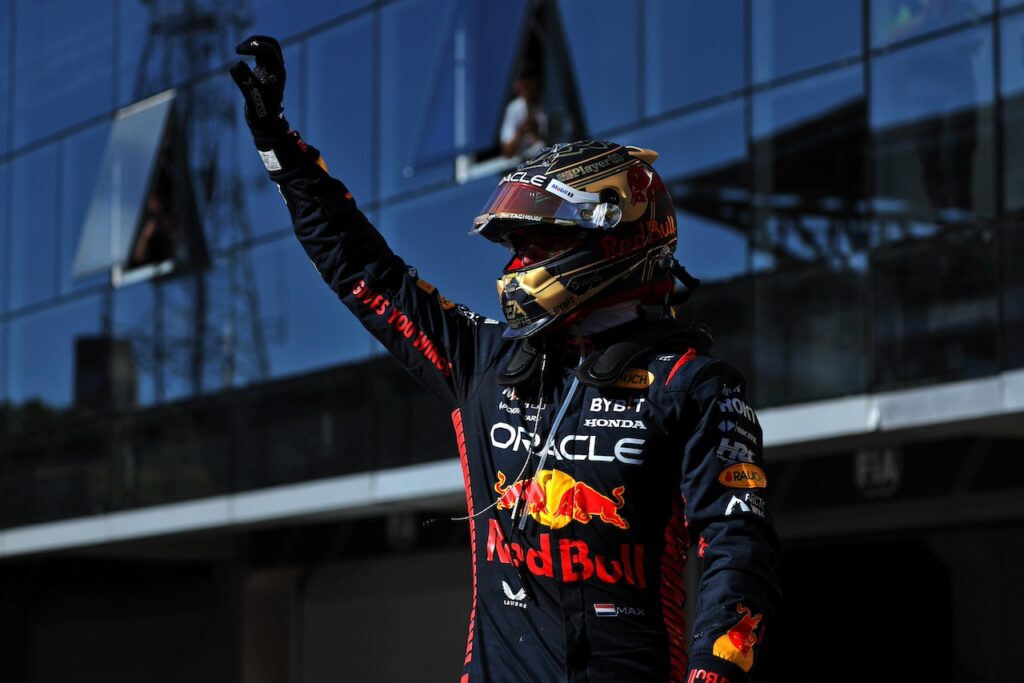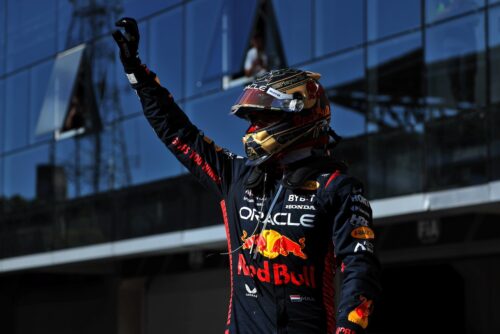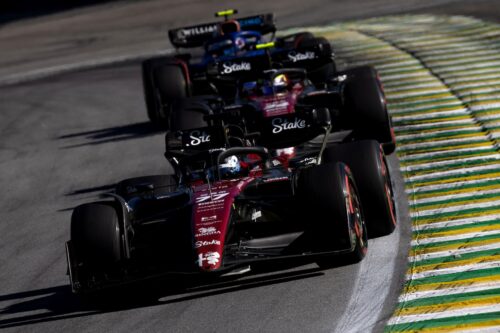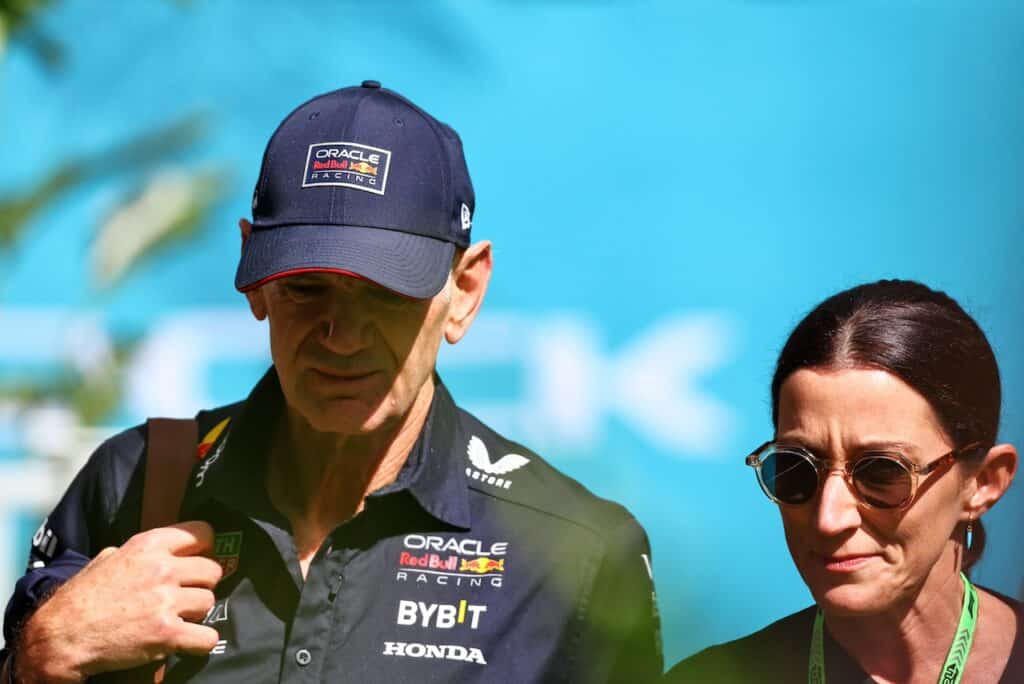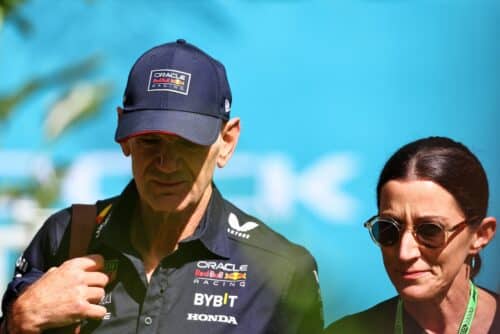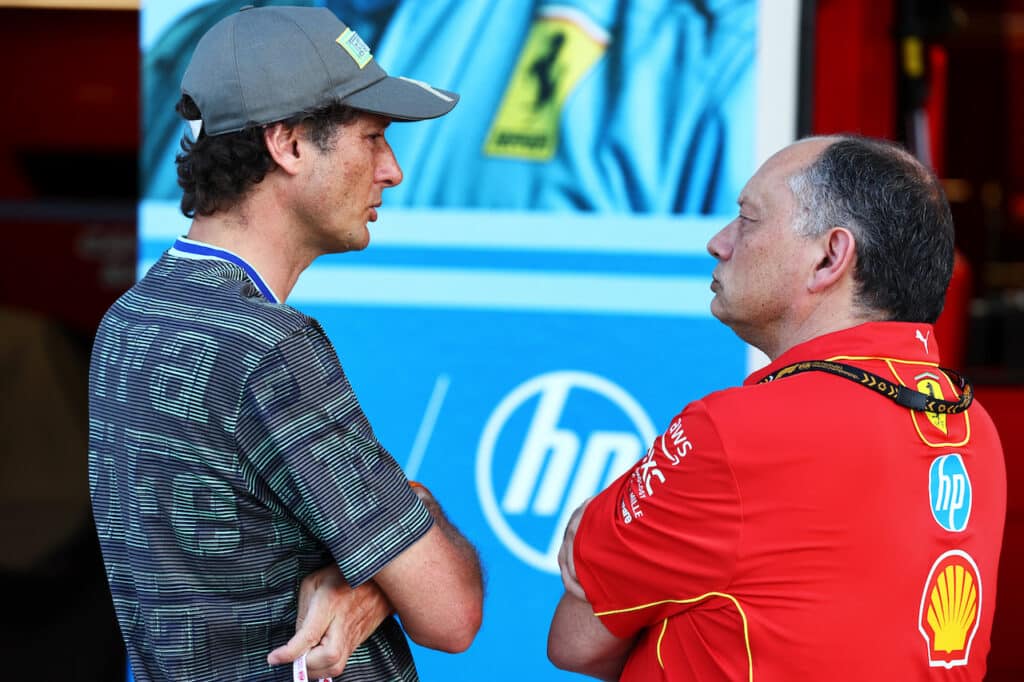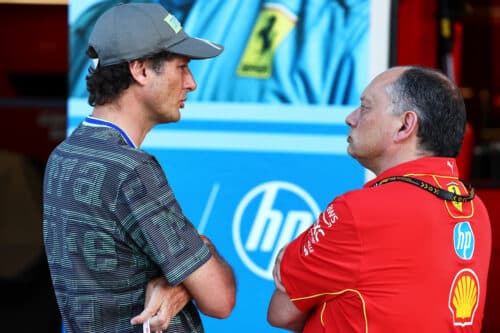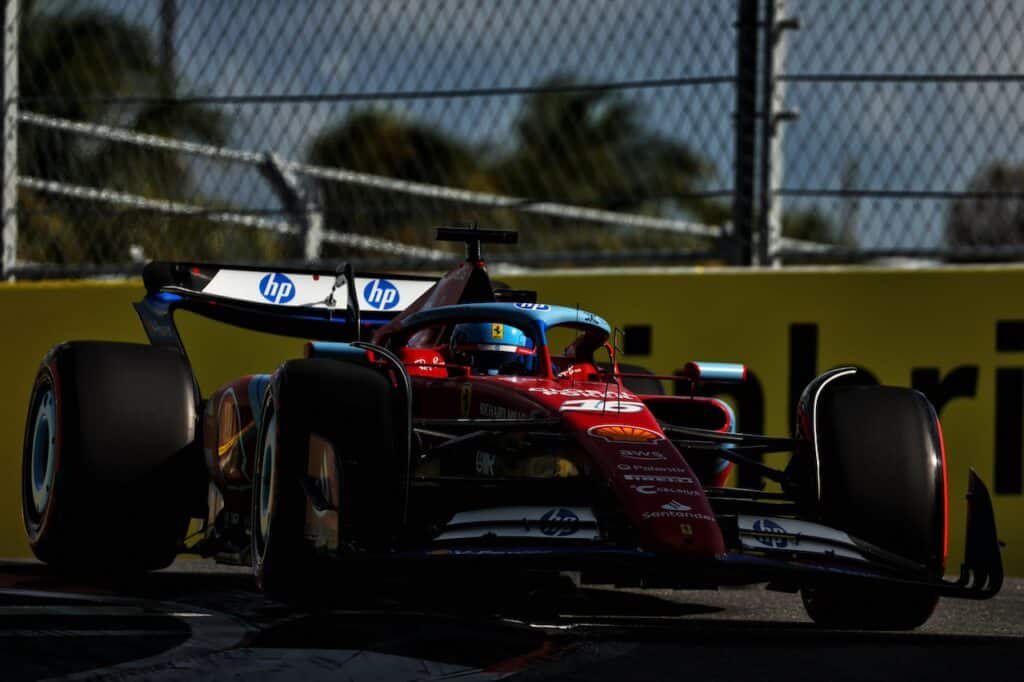Verstappen enchants in the rain of Sao Paulo, but the FIA must grant greater freedom to the drivers
Hamilton, Rosberg and Verstappen for an Interlagos 2016 to certainly remember
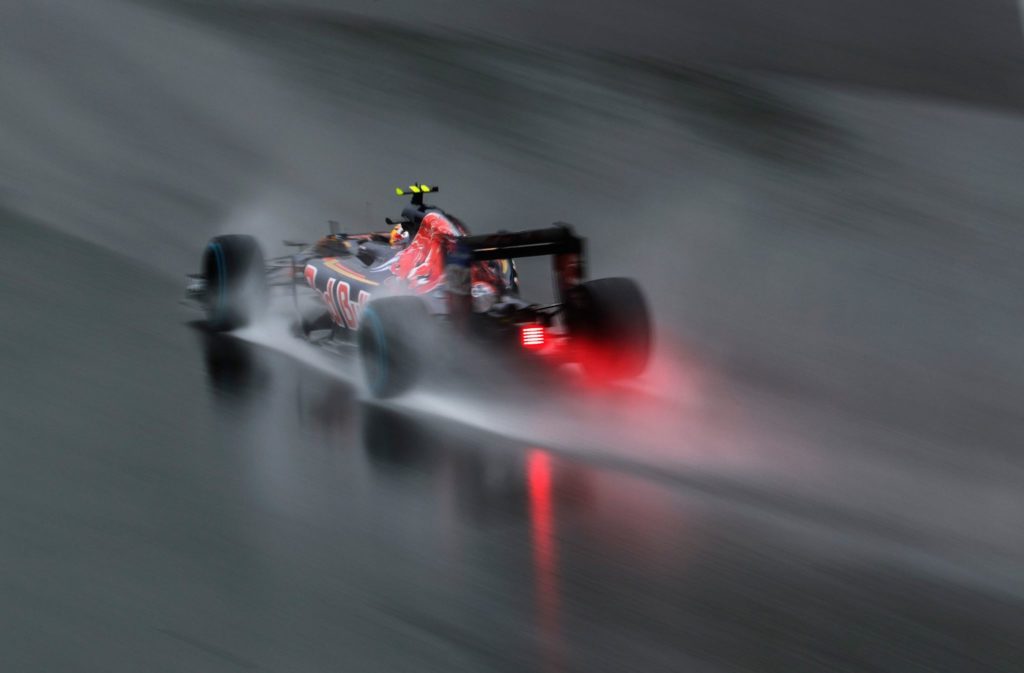
It seemed like a quiet Sunday "made in Charlie": rain, extreme conditions and starting under the safety car regime. Nothing new.
Yes, because since that tragic Suzuka Grand Prix two years ago something has changed in the management of races in the rain, not that before there was the possibility of doing everything you wanted, but the image of Jules Bianchi planted under a Japanese crane had triggered a very dangerous self-destruction mechanism for the world of Formula One. A kind of security hunt that in some cases resulted in something mixed between the absurd and the ridiculous.
Absurd and ridiculous we said, yes, because yesterday's match seemed like the prelude to yet another missed opportunity for a system that has been dangerously starting to falter for a few years now.
It's not me who says it, for goodness sake, Roberto Valenti is nobody to judge a product that involves sponsors, TV and teams who invest millions and millions of euros for a simple front wing, but the TV ratings that in the last three/four years ( coinciding with the arrival of hybrid engines) have undergone a collapse that I would define as almost vertical.
And as we know, without listening the sponsors won't come closer and the Federation itself finds itself with an "incomplete" product. The teams even created a "strategic" working group to understand the reasons that pushed fans to change the channel and perhaps watch an old western film or a ball game.
In short, a lot was done but then, in the end, nothing was achieved. Returning to yesterday's Grand Prix, the ten abundant laps behind the wonderful Mercedes AMG GT S F1 and the two red flags displayed on the Interlagos track seemed to portend a Sunday of total failure. Drivers stopped in the pits, public who, in desperation, pointed their index fingers downwards and filled the race direction with boos incapable of reacting.
But just when everything seemed lost (it could also be interpreted as a cartoon where the bad guy seems to get the better of the forces of good, but whatever), the race direction decided to listen to the fans, putting aside the ghosts of Suzuka and leaving the drivers the opportunity to battle despite the rather prohibitive conditions of the Interlagos track (here we should open another parenthesis, but better to leave it alone).
We saw wheel-to-wheel duels, almost epic feats (seeing a Sauber and a Manor fighting for the points is not everyday stuff) and a Dutch champion who on Sunday in Sao Paulo decided to combine Donnigton '93 and Catalunya ' 96. Uncomfortable comparison? Maybe, but the images speak for themselves. In short, everyone is happy and happy to see something that has been missing from people's TV for a long time, perhaps too long.
The truth is that as in real life, the ghosts of the past should be locked in a drawer and left as a memory. It doesn't take a "strategic" group to understand that in certain conditions entertainment must be encouraged, also taking on responsibilities that may seem too heavy in the first place. The role of the race director ultimately serves this purpose.
As I wrote above, I am no one to be able to judge the work of people who have been in Formula One for years and years, but I am a person who likes to analyze the facts and these say that races like yesterday's give new hope to a world that is slowly risking being lost. People don't care about the sound or whether Formula Ones run with a naturally aspirated V8 or a hybrid V6, but essentially they care about the show. Duels and maneuvers to be left to future generations.
Is all this wrong? I do not think so.
Rather than thinking about the usual little things (in the last three years, believe me, we have heard all kinds of things), let's start removing the parc fermé regime, allowing the teams to give their drivers, dry or rain, it doesn't matter how much they count. tenths of a second, a safe means with which to push to the maximum.
Let's trust the pilots. We try to bring the enthusiast back to the center of attention, the one who pays good money to enter a racetrack or who spends his entire pocket money to buy his champion's t-shirt.
Formula One can no longer afford to think only of itself, given that the biggest risk is that of spontaneous combustion, but the time has come to bring forward an overall vision where people must have a role of the highest order. There is certainly no shortage of human material (Hamilton, Rosberg, Vettel, Verstappen, Ricciardo... in short, there is enough irons in the fire) and it is certainly not too late to correct some mistakes made in the past (see precisely the parc fermé, the VSC and the asphalt escape routes).
Yesterday the legendary Slash of Guns'N Roses was present inside the paddock and never before has the comparison with the beautiful "November Rain" been more apt. A November rain gave fans one of the best races in recent years and the hope is that this is a new starting point for the future.
if you want to always be updated on our news
Follow us here

